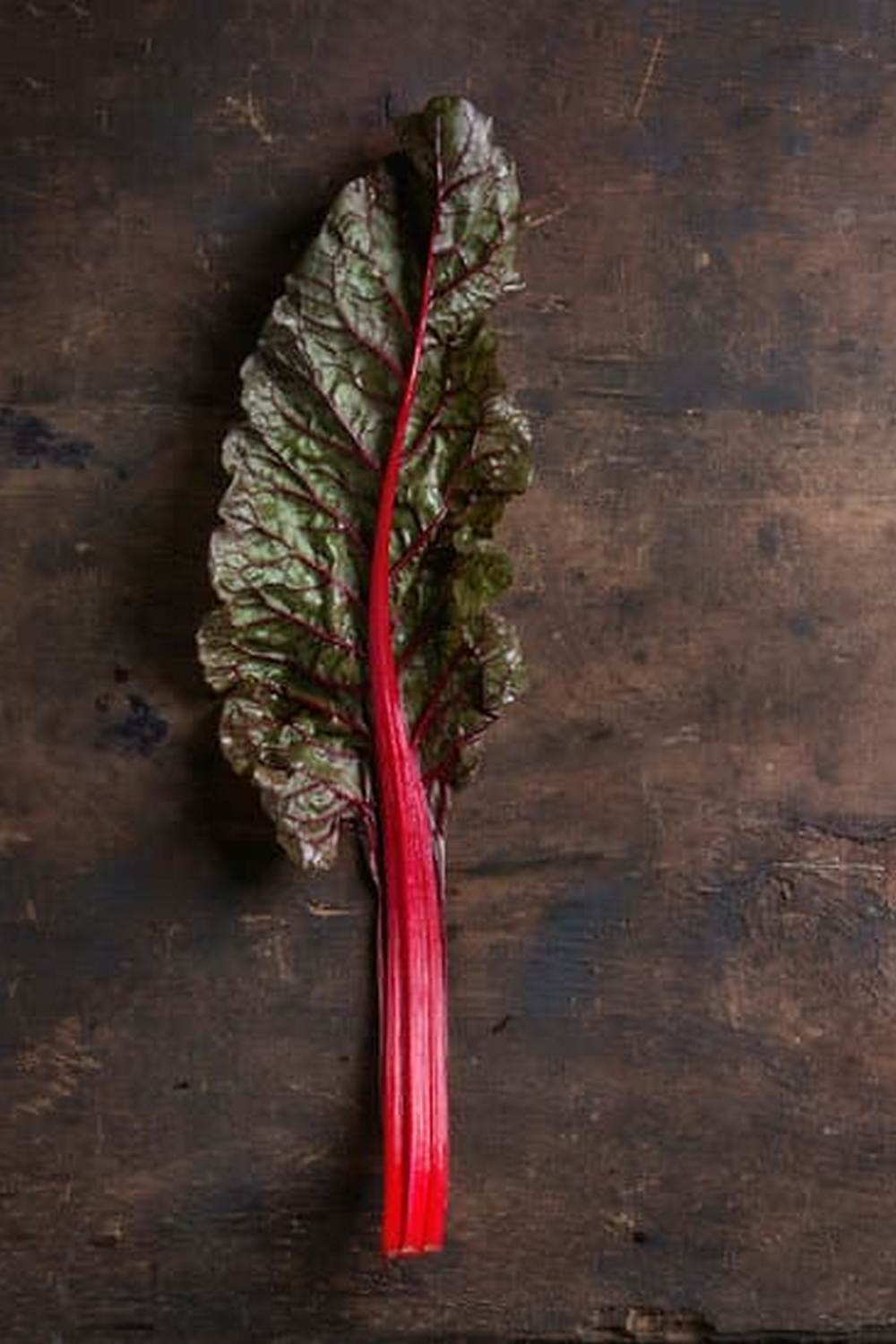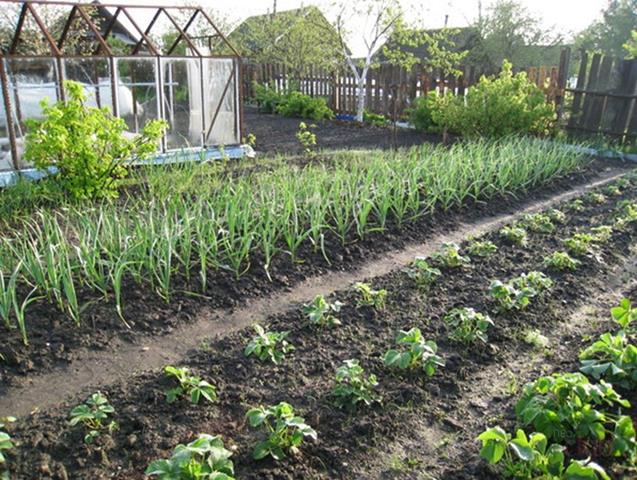Rotational planting vegetable gardens have become increasingly popular among both novice and experienced gardeners seeking to maximize their harvests while maintaining soil health. This method involves strategically rotating crops within your garden beds each season to prevent the depletion of nutrients, control pests, and reduce the likelihood of diseases. By following a systematic approach to planting, you can ensure a bountiful and sustainable harvest year after year.
One of the key benefits of rotational planting for vegetable gardens is its ability to enhance overall soil fertility and health. Through proper rotation, different plant families are grown in specific areas of the garden at different times, allowing the soil to replenish essential nutrients and prevent the buildup of harmful pathogens. This practice not only improves the quality of your produce but also reduces the need for synthetic fertilizers and pesticides, promoting a more eco-friendly approach to gardening.
In this article, we will delve into the concept of crop rotation, providing a step-by-step guide on how to plan a rotational planting schedule for your vegetable garden. We will also explore the importance of selecting the right vegetables for rotational planting and share best practices for maintaining soil health in these gardens.
Additionally, we will highlight common mistakes to avoid and share success stories from individuals who have implemented rotational planting with remarkable results. Whether you are a seasoned gardener looking to improve your yield or a beginner eager to learn more about sustainable gardening practices, rotational planting vegetable gardens offer an exciting opportunity to cultivate healthy and productive crops year-round.
Benefits of Rotational Planting for Vegetable Gardens
Rotational planting vegetable gardens offer a plethora of benefits beyond just growing delicious and healthy vegetables. By implementing a rotational planting schedule, gardeners can improve soil health, prevent pests and diseases, increase crop yields, and promote biodiversity in their garden. One of the key advantages of rotational planting is its ability to break pest cycles and reduce the likelihood of harmful insects or diseases spreading throughout the garden.
Improving Soil Health
One of the primary benefits of rotational planting in vegetable gardens is its positive impact on soil health. By rotating crops with different nutrient requirements, gardeners can prevent the depletion of specific nutrients in the soil.
For example, legumes like peas and beans are known for their ability to fix nitrogen in the soil, which can benefit subsequent crops that require higher levels of nitrogen. Additionally, rotating different types of plants can help break up soil compaction and improve overall soil structure.
Preventing Pests and Diseases
Another significant advantage of rotational planting is its ability to disrupt pest and disease cycles. Certain pests and diseases have a preference for specific plant species, so by rotating crops, gardeners can reduce the likelihood of these harmful organisms building up in the soil over time.
This can help minimize the need for chemical pesticides and fungicides, promoting a more sustainable and eco-friendly approach to gardening. Additionally, by promoting biodiversity through crop rotation, beneficial insects and organisms that prey on pests can thrive in the garden ecosystem.
Understanding the Concept of Crop Rotation
Crop rotation is a fundamental concept in agriculture and gardening that involves planting different types of crops in the same area over successive seasons. The purpose of crop rotation is to minimize pests and diseases, improve soil fertility, and ultimately increase crop yield. In the context of vegetable gardens, rotational planting plays a crucial role in maintaining the health and productivity of the soil.
One of the key principles behind rotational planting in vegetable gardens is to avoid planting the same family of vegetables in the same location year after year. Certain plant families are more prone to specific pests and diseases, so rotating crops helps break this cycle. For example, if tomatoes were planted in one bed this year, it is advisable to plant a different family of vegetables like legumes or brassicas in that same bed next season.
Implementing a crop rotation plan for your vegetable garden requires careful consideration of plant families, nutrient requirements, and planting schedules. By diversifying the types of vegetables grown in each plot over time, gardeners can not only reduce the risk of pest infestations but also ensure that essential nutrients are replenished in the soil. Additionally, rotational planting can contribute to overall garden sustainability by promoting biodiversity and natural pest control methods.
| Benefits | Details |
|---|---|
| Pest and disease management | Reduces buildup of specific pests and diseases associated with certain plant families |
| Soil fertility improvement | Helps maintain balanced nutrient levels by alternating nutrient-hungry crops with nitrogen-fixing ones |
| Biodiversity promotion | Encourages diverse ecosystems which support beneficial insects and microorganisms for healthier plants |
Step-by-Step Guide to Planning a Rotational Planting Schedule
Planning a rotational planting schedule for your vegetable garden is essential to maximize yields and maintain soil health. By strategically rotating crops, you can avoid nutrient depletion, minimize pest and disease issues, and promote overall garden productivity. Follow this step-by-step guide to plan an effective rotational planting schedule that will benefit your vegetable garden in the long run.
Assess Your Garden Space and Layout
Start by evaluating the size of your garden space and its layout. Divide your garden into distinct plots or beds, keeping in mind factors like sunlight exposure, soil quality, and drainage. This will help you determine which vegetables to plant in each area and establish a clear rotational planting schedule.
Create a Crop Rotation Plan
Once you have identified different areas within your garden, create a crop rotation plan based on the types of vegetables you want to grow. The goal is to avoid planting related crops in the same location year after year to prevent the buildup of pests and diseases. Rotate crops from different plant families to ensure a healthy balance in the soil.
Keep Track of Planting Dates and Varieties
Maintaining a detailed record of planting dates and varieties is crucial for successful rotational planting. Note down when each crop was planted, harvested, and any observations about growth or yield. This information will help you track the success of your rotational planting schedule over time and make adjustments as needed for future seasons.
Choosing the Right Vegetables for Rotational Planting
When planning out your rotational planting schedule, consider grouping vegetables into families with similar growth requirements. For example, nightshade family plants like tomatoes, peppers, and eggplants can be rotated together as they have similar nutrient needs. Root crops such as carrots, beets, and radishes can also be rotated within the same bed since they don’t compete for the same nutrients.
Additionally, it’s important to rotate heavy feeders like corn or cabbage with nitrogen-fixing plants such as legumes like peas or beans. Legumes have the ability to take nitrogen from the air and convert it into a form that other plants can absorb, helping to naturally replenish soil nutrients. By incorporating a variety of vegetables into your rotational planting plan, you can create a balanced ecosystem within your garden that supports healthy plant growth and soil fertility.
| Vegetable | Recommended Rotation |
|---|---|
| Tomatoes | Rotate with leafy greens or legumes |
| Cucumbers | Rotate with root crops or brassicas |
| Potatoes | Rotate with onions or alliums |
Best Practices for Maintaining Soil Health in Rotational Planting Gardens
Maintaining soil health is crucial for the success of rotational planting vegetable gardens. By implementing best practices, gardeners can ensure that their soil remains fertile and productive for years to come. One key practice is to incorporate organic matter into the soil on a regular basis.
This can include compost, manure, or cover crops that help improve soil structure and provide essential nutrients for plant growth. Organic matter also helps retain moisture in the soil, reducing the need for frequent watering.
Another important aspect of maintaining soil health in rotational planting gardens is to avoid overworking the soil. Excessive tilling can disrupt the natural balance of microorganisms in the soil and lead to erosion. Instead, gardeners should practice no-till or reduced tillage methods to protect the structure of the soil and promote biodiversity below ground. Mulching is another effective way to preserve soil health by protecting it from erosion, regulating temperature, and suppressing weeds.
In addition to incorporating organic matter and practicing no-till methods, maintaining proper pH levels in the soil is essential for healthy plant growth in rotational planting vegetable gardens. Conducting regular soil tests can help determine if any amendments are needed to adjust pH levels.
It’s also important to rotate crops strategically to prevent nutrient depletion and minimize disease pressure. By following these best practices, gardeners can create a sustainable and thriving ecosystem in their rotational planting gardens, ensuring bountiful harvests year after year.
Common Mistakes to Avoid in Rotational Planting
When implementing a rotational planting strategy in your vegetable garden, it is crucial to be aware of common mistakes that can hinder the success of your harvest. By avoiding these pitfalls, you can ensure that your plants thrive and continue to yield healthy produce year after year.
Here are some key mistakes to avoid when practicing rotational planting in your vegetable garden:
- Skipping Crop Rotation: One of the most critical aspects of rotational planting is actually rotating the crops each season. This helps prevent depletion of soil nutrients and reduces the risk of pests and diseases. Avoid the temptation to plant the same vegetables in the same spot every year.
- Ignoring Plant Families: Different vegetables belong to specific plant families, and it’s essential to rotate them accordingly. For example, tomatoes, peppers, eggplants, and potatoes are all part of the nightshade family. By rotating these crops with plants from different families, you can minimize soil-borne diseases.
- Overlooking Cover Crops: Cover crops play a vital role in maintaining soil health and fertility during periods when your garden beds are not in use. Some common cover crops include clover, rye grass, and buckwheat. Incorporating cover crops into your rotational planting schedule can help prevent soil erosion and improve overall soil structure.
By being mindful of these common mistakes and incorporating best practices into your rotational planting vegetable garden, you can create a sustainable and productive growing space for years to come.
Remember that successful rotational planting not only benefits your current harvest but also sets the foundation for future seasons by preserving soil health and maximizing crop yield.
Success Stories From Rotational Planting Vegetable Gardens
Many gardeners have experienced great success with rotational planting vegetable gardens, reaping the benefits of this efficient and sustainable gardening method. One key aspect that stands out in these success stories is the improved soil health and increased productivity over time. By following a well-planned rotational planting schedule, gardeners have been able to maintain nutrient-rich soil while reducing pest and disease pressure.
Here are some real-life success stories from gardeners who have implemented rotational planting in their vegetable gardens:
- Avid gardener and homesteader, Sarah, saw a significant increase in her vegetable yield after switching to a rotational planting schedule. By rotating her crops each season, she noticed healthier plants and fewer instances of pests invading her garden.
- Bob, a beginner gardener, was amazed at how his soil improved over time by following a crop rotation plan. In just a couple of years, he went from struggling to grow basic vegetables to having bountiful harvests without the need for synthetic fertilizers or pesticides.
- Community garden manager, Lisa, shared how implementing rotational planting not only increased food production for their local charity but also created a more resilient ecosystem in their garden. They were able to donate fresh produce consistently throughout the year thanks to their well-maintained soil health.
These success stories serve as inspiration for aspiring rotational planting vegetable gardeners. With careful planning and dedication to the principles of crop rotation, any gardener can achieve similar results in their own backyard or community garden. By prioritizing soil health and diversity in plant selection, rotational planting offers long-term benefits that go beyond just a successful harvest.
Conclusion and Final Thoughts on the Future of Rotational Planting in Vegetable Gardens
In conclusion, rotational planting in vegetable gardens is a proven method for maintaining soil health, maximizing crop yields, and reducing the risk of pests and diseases. By rotating crops seasonally, gardeners can take advantage of the benefits that different plants offer to the soil while minimizing the depletion of nutrients. This sustainable approach not only improves the overall health of the garden but also results in healthier and more abundant harvests.
As more gardeners become aware of the advantages of rotational planting vegetable gardens, we can expect to see a shift towards this practice in future gardening trends. With increasing concerns about food security and sustainable agriculture, rotational planting offers a practical solution for home gardeners to cultivate their own fresh produce effectively. By following best practices and avoiding common mistakes, anyone can create a productive and thriving rotational planting garden.
In essence, rotational planting vegetable gardens represent a harmonious relationship between nature and cultivation. As we embrace this traditional farming technique in our modern gardens, we are not only preserving the health of our soil but also reaping the rewards of diverse and bountiful harvests. Whether you are a seasoned gardener or just starting out, consider incorporating rotational planting into your gardening routine for a more sustainable and fruitful future.
Frequently Asked Questions
What Vegetables Should Be Rotated in Garden?
Rotating vegetables in the garden is important to prevent soil depletion and avoid pests and diseases that target specific crops. Some common vegetables that should be rotated include tomatoes, peppers, potatoes, and cucumbers.
What Are the Disadvantages of Crop Rotation?
There are several disadvantages of crop rotation, including the need for careful planning and keeping track of which crops have been planted where. It can also limit flexibility in planting choices and may require more space to allow for proper rotation.
What Is the 3 Crop Rotation Cycle?
The 3 crop rotation cycle involves dividing your garden or field into three sections and rotating different types of crops in each section every year. For example, you could plant legumes like peas or beans in one section, followed by leafy greens like lettuce or spinach in the next, then root vegetables like carrots or beets in the third section.
This helps maintain soil health and fertility while minimizing disease build-up.

If you’re looking to get into vegetable gardening, or are just looking for some tips on how to make your current garden better, then you’ve come to the right place! My name is Ethel and I have been gardening for years. In this blog, I’m going to share with you some of my best tips on how to create a successful vegetable garden.





